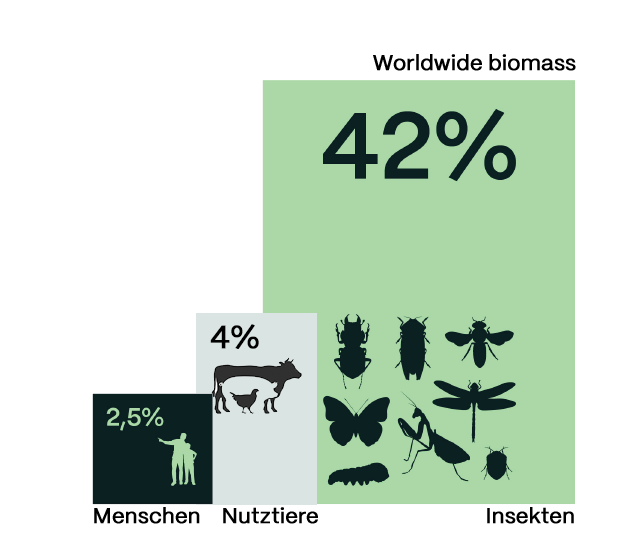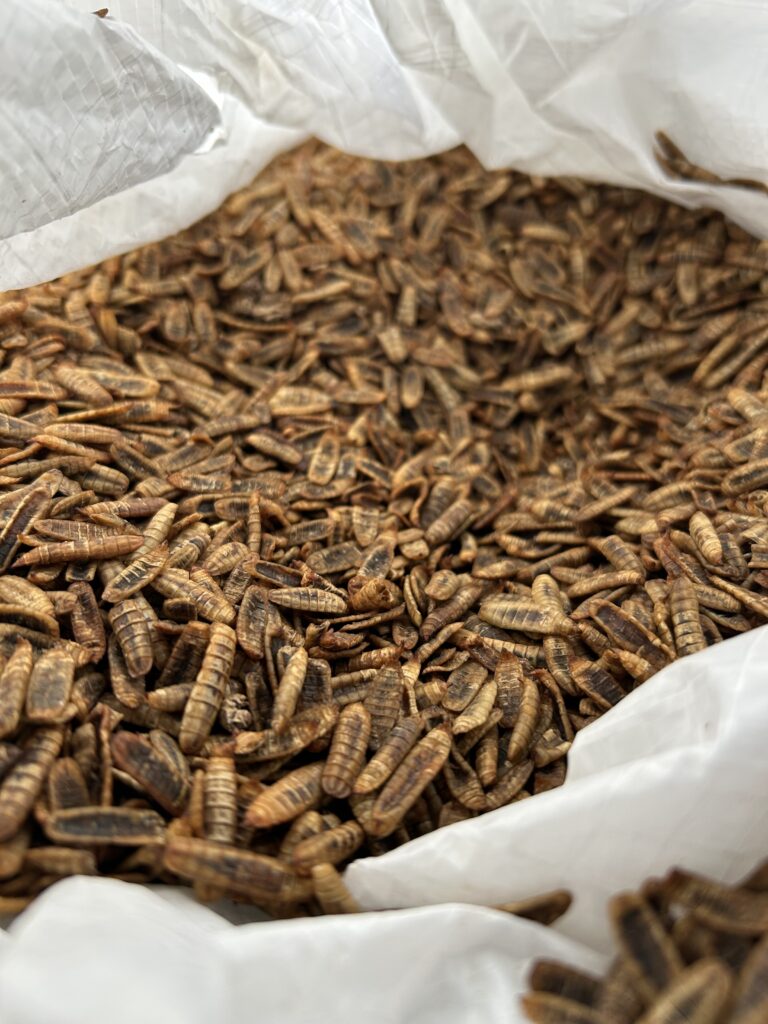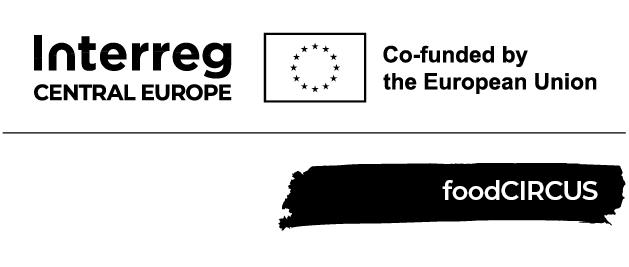We rely on winners
The power of nature in industrial applications
Insect farming is extremely efficient in the recycling of organic materials - both as an independent process as well as a supplement to composting or biogas production. It plays a central role in the overall system of waste recycling. REPLOID uses black soldier fly (BSF) larvae to convert food waste into high-quality protein and fat.
Global biomass - the figures speak for themselves
Insects account for 42% of global biomass., – clear evidence of their importance in the ecosystem.
Humans, on the other hand, only 2.5%, Farm animals account for around 4%. And yet it is our consumer behaviour that urgently requires sustainable solutions. This is where theinsect-based circular economy to: It offers a smart alternative to traditional disposal methods and actively contributes to resource conservation.

Insects as livestock – a key technology in the material cycle
‘Waste becomes a resource – thanks to the most efficient farm animal of the future.’

Why diversity means efficiency
REPLOID developedregional breeding lines, which are adapted to local side streams.
We use biodiversity as a tool to guarantee maximum utilisation and minimum losses.
Advantages of regional breeding lines:
- Higher substrate tolerance
- Improved efficiency
- Adaptation to climatic conditions
Biology as a driver of the circular economy
Insects are not just a product – they are abiological tool, that combines biochemistry, nutrient cycles and efficiency.
With each breeding cycle, we come closer to our vision:A regenerative bioeconomy with biological logic at its core.
Conclusion: A revolution in the extraction of raw materials
We utilise the natural potential of insects to turn low-value waste into high-quality raw materials - a smart, environmentally friendly alternative to traditional disposal. Less waste, more efficiency: that's the real circular economy!
- Insects are the livestock of the future
- Traditional breeding increases efficiency in the long term
- REPLOID combines biology and technology for circular systems
- Our research makes the invisible visible – and economically viable



